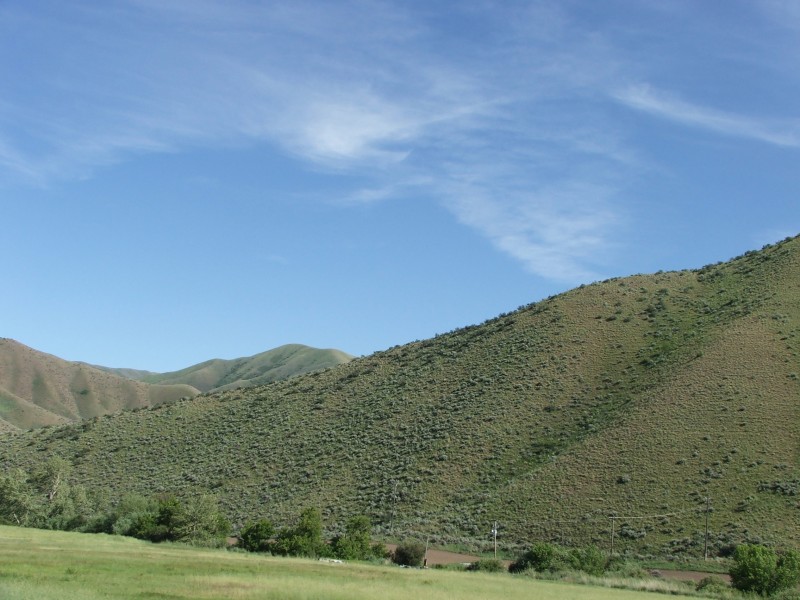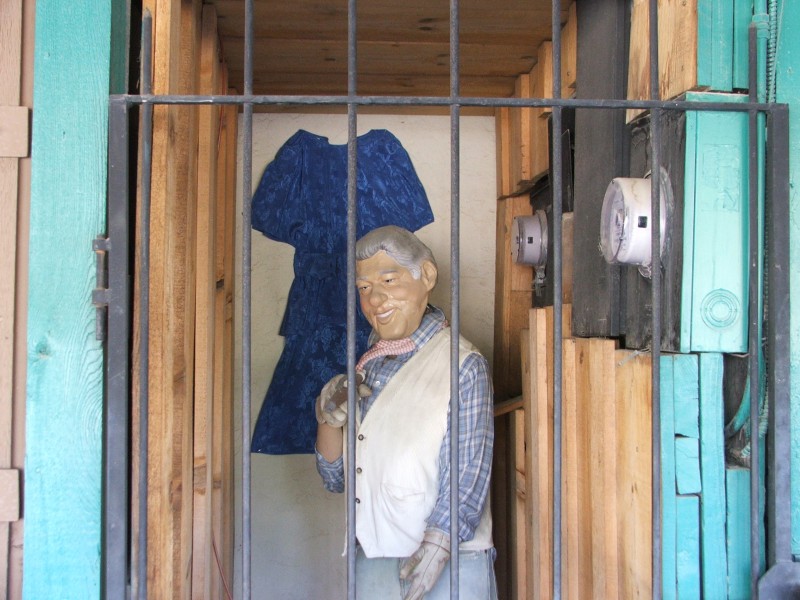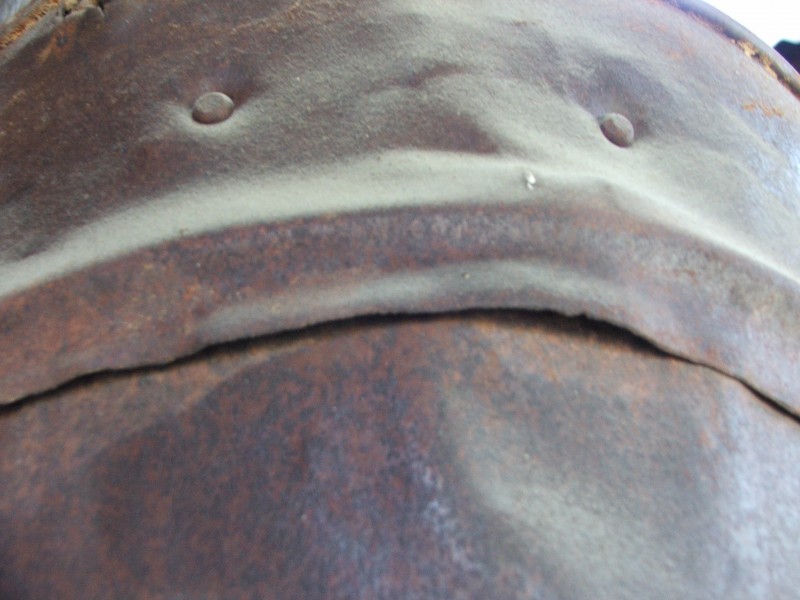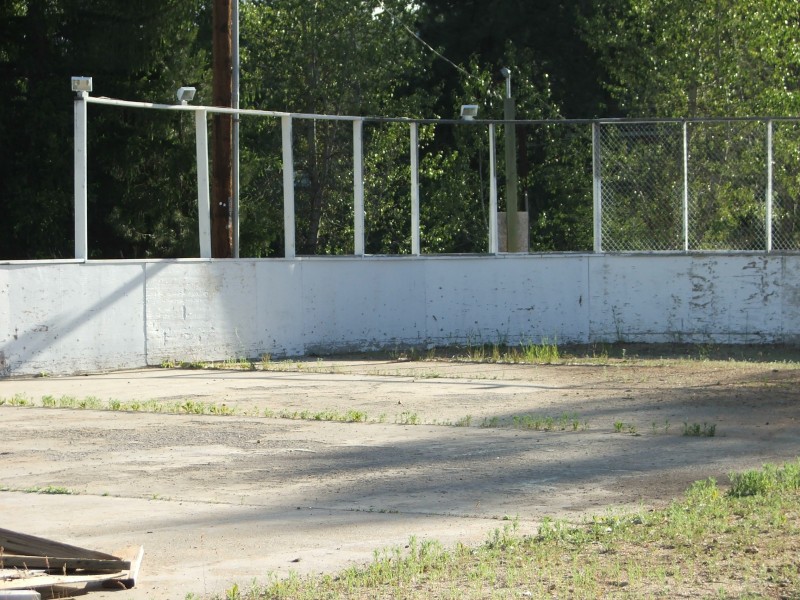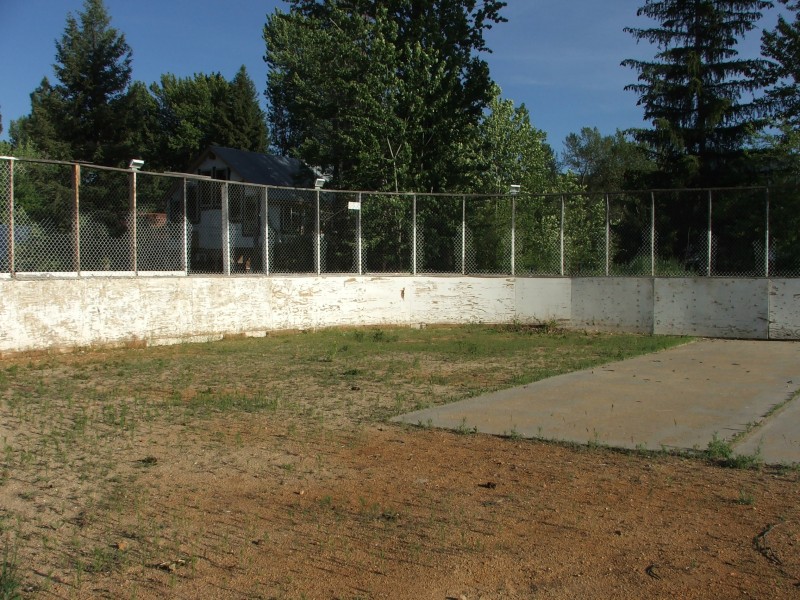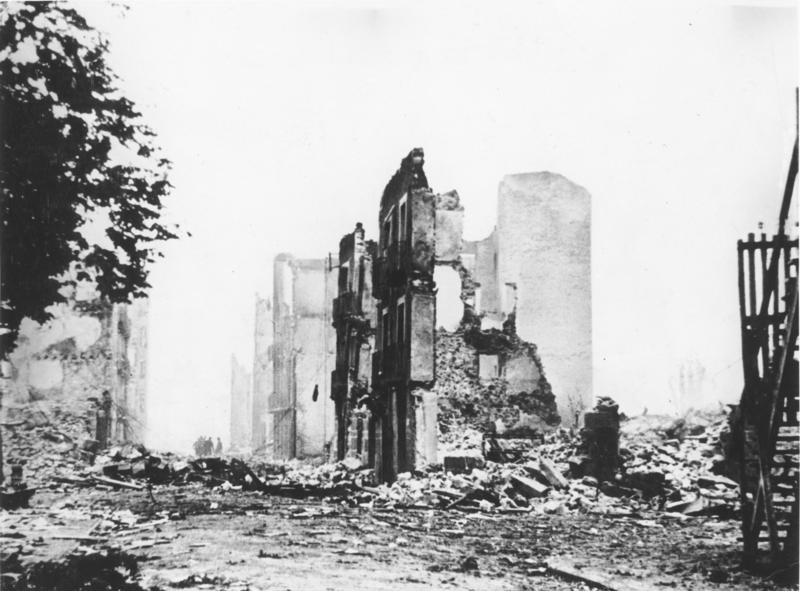The Basque Country is about twice the size of Rhode Island, a relatively small area, but Basques have moved to Madrid, Barcelona, and the Americas. The Basque experience isn’t limited to a singular patch of soil. In fact I would say that one of the unique aspects of Basque Literature is the question of identity that has resulted from their diaspora. Therefore, a lot of literature is being written outside of the provinces or about living outside the provinces.
What makes Basque literature so exciting is how new everything is. The University of Reno’s Basque series was published in the aughts (the decade of the 2000s) and most of Bernardo Atxaga’s works were published in English during the 90s. It feels like everything is up for grabs. It is like when Emerson and Thoreau were creating American Literature. Every piece that is published becomes a brick in the foundation of Basque Literature. Certainly, people have been publishing for the past 150 years in the Basque Country, but the quantity and quality of work being produced right now is unlike any other period.
One of the basic facts that I have come across in my studies of Basque fiction is that there isn’t a rich tradition of Basque fiction, at least not compared to Bertsolaritza, improvised songs that are performed at competitions. Also, we must keep in mind that some older writers who were born in the Basque Country are considered Spaniards by English scholars. Unamuno might be one of the most famous Basque writers, but he is typically known as a Spanish writer in the English speaking world. And part of this is tied into Spanish/Basque nationalism, a complex and touchy subject for many Basques.
After the Third Carlist War, the central government of Spain revoked aspects of self-rule that had provided the Basque Provinces a great sense of autonomy. Spain was a country made up of many nations of people and there was tension between the central government of Madrid and the many fueros, which functioned like regional governments. Navarra, Catalonia, Galicia, and the Euskal Herria (the Basque Country) all possessed some level of self-rule within 19th Century Spain. But throughout Spanish history there has been a battle between centralization and federalization. This came to a head during the Carlist Wars and the Spanish Civil War. During these periods local regional governments where viewed as a threat to Madrid’s central power.
So, what is the relationship between Basque nationalism, history, and Fiction? While this is an extremely complex question, my primary concern is how stories function and not how stories promote a certain political ideology. When these topics define characters and character development, I will address it within the realm of fiction and not history. Why? Because this blog is directed towards the art of writing and reading.
That being said, I will look to non-fiction texts to better understand the Basque and Spanish. Iberia (1968), by James Michener, which will represent a much different Spain from John Hooper’s The New Spaniard (1986), and The Basque History of the World (1999), by Mark Kurlansky. These texts will complement each other in framing different perspectives on life in Spain, as well as offering supplemental reading to the fictional texts. I believe these texts will help frame the context of what it means to be Spanish and Basque, and they will help me to become a better reader of Basque Fiction.
I plan on pairing books to create a deeper discussion of the fictional material, especially with regards to the topic of nationalism and terrorism, in particular matching Bernardo Atxaga’s The Lone Man, which deals with ETA, and philosophical texts like Joseba Zulaika’s Basque Violence and William T. Vollmann’s Rising Up, Rising Down: Some Thoughts on Violence.
On a personal note, I find it distressing that a majority of English press coverage about Basque life is ETA related; I don’t plan on focusing too heavily on the topic of terrorism, but it brings to the forefront the importance of cross-reading. Nationalism, ETA, terrorism, and violence are extremely complex, but these topics play a role in understanding Basque Literature. I am interested in how writers tell stories about such complexities. How does one write about terrorism without overly simplifying the subject matter?
In the next post I will explore B. Atxaga’s “Teresa, Poverina Mia”, which can be found in An Anthology of Basque Short Stories, published by the Center for Basque Studies at the University of Nevada, Reno
